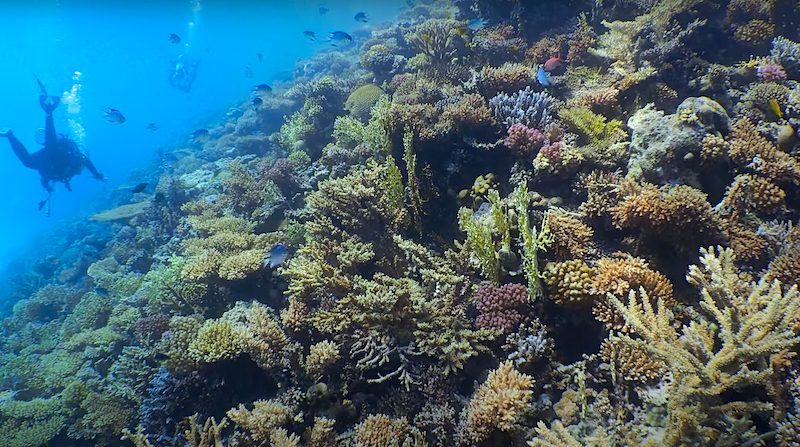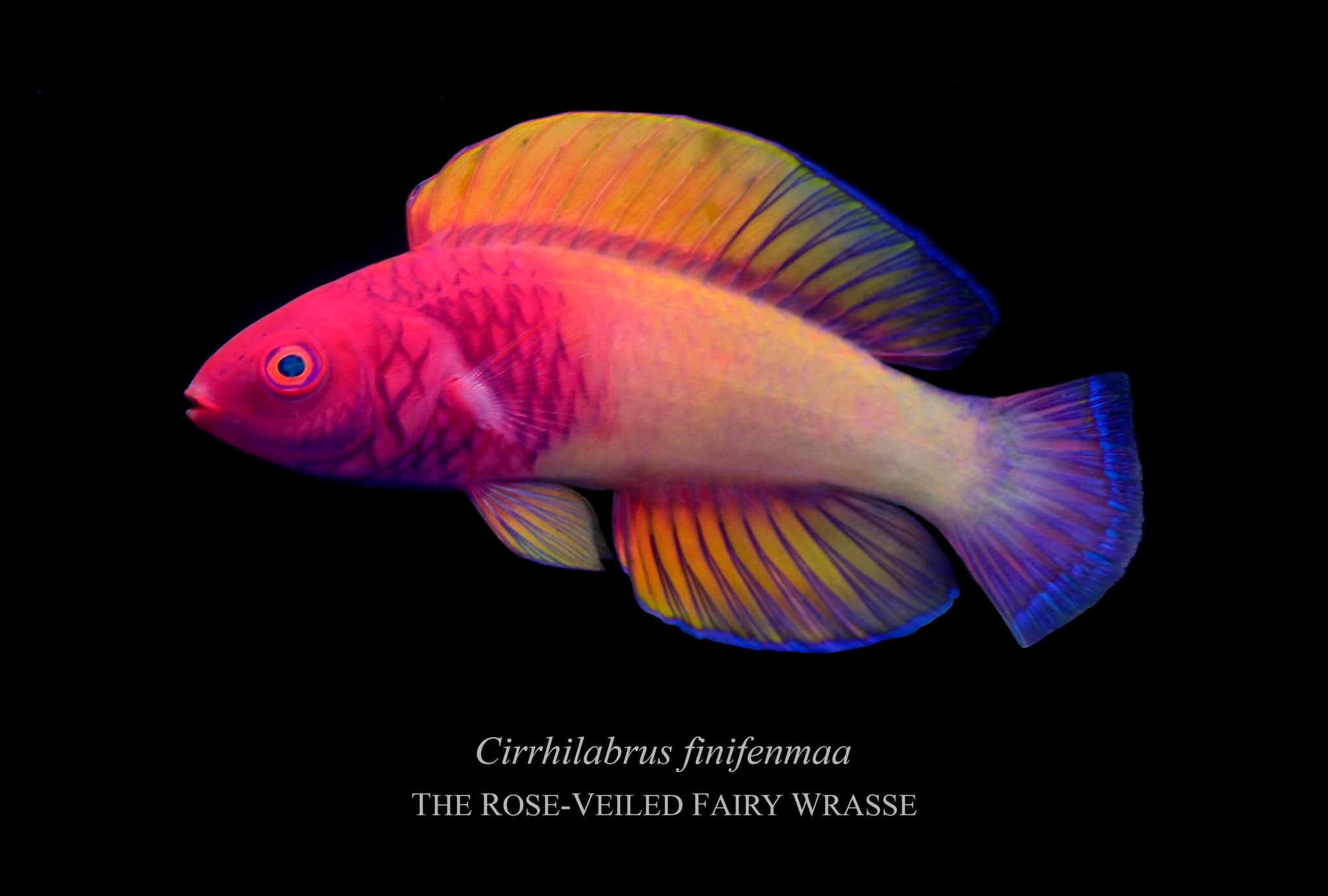The largest program in history to discover life in our ocean has been unveiled with the ambitious target of finding at least 100,000 new marine species in the first decade. The number of species we currently know of stands at 240,000, but scientists believe that there may be as many as 2.2 million species in the oceans, and are racing to find another 100,000 in the next ten years.
For the past 200 years, the work of finding and scientifically describing species has been a slow, methodical process, according to Ocean Census, with the average rate of new species standing at around 2,000 a year. The foundation fears that traditional taxonomy is unable to meet the challenges of the climate and biodiversity crises that scientists expect will result in the loss of the majority of species on Earth.
“Revolutions in technologies such as digital imaging, sequencing, and machine learning, now make it possible to discover ocean life at speed and at scale.” Said Ocean Census Science Director Alex Rogers. “It currently takes one to two years to several decades to describe a new species after it is collected by scientists but utilizing new technologies and sharing the knowledge gained using cloud-based approaches, it will now only take a few months.”
Ocean Census builds on major programs of the past including The Challenger Expeditions (1872-1876, the birth of modern marine science) and The Census of Marine Life (2000-2010).

Non-profit
Ocean Census is a global collaborative initiative, an open network of science, business, media, and civil society organizations joining forces. It has been founded by The Nippon Foundation, the largest non-profit foundation in Japan that focuses on philanthropy through social innovation, and Nekton, a UK-based marine science and conservation institute. The project’s headquarters is in Oxford with the first Ocean Census Biodiversity Centre at the Oxford University Museum of Natural History.
“Ocean life makes all life on Earth possible and holds the wisdom of four billion years of our evolution on Earth.” said Yohei Sasakawa, Chairman of The Nippon Foundation. “We can’t protect what we don’t know exists. We have a race against time to discover ocean life before it is lost for generations to come. Ocean Census will create an immense wealth of openly accessible knowledge that will benefit and sustain all life on Earth, for humankind and our planet. Ocean Census is full of dreams and wonder, and cannot be accomplished by the Nippon Foundation and Nekton alone. We would like to unravel the mysteries of the ocean, in collaboration with ocean research institutes, businesses, governments, the public, philanthropy, and civil society.”
Over the coming years, scientists from around the world will embark on dozens of expeditions to the ocean’s biodiversity hotspots to find new life from the surface to full ocean depth. Combining vessels from the philanthropic, government, and commercial fleets, they will be deploying a combination of advanced subsea technologies with divers, submarines, and deep-sea robots.
DNA sequencing
Species discovered on expeditions will be sent for high-resolution imaging and DNA sequencing in a network of Ocean Census Biodiversity Centres to be established in high, middle, and low-income nations around the world. The first of these will be at the Oxford University Museum of Natural History. Networks of taxonomists will connect virtually to draw on what Professor Rogers and his scientific team call ‘Digital Life Forms’ to complete species descriptions. The aggregated, open-sourced data will be added to a network of data centers globally and made freely accessible to scientists, decision-makers, and the public.
In 2022 the Montreal Biodiversity Conference made the decision to protect 30% of the planet for the conservation of life by 2030. Implementation of this ambitious policy in the ocean will need the information provided by Ocean Census to ensure that protected areas are optimally positioned to protect biodiversity. The UN Biodiversity Beyond National Jurisdiction treaty agreed in March 2023 means that there is now a legal framework to establish such protected areas in the high seas.

The Mesophotic Zone
Many of the new fish species covered by Reef Builders recently have come from the Mesophotic Zone, from 100-490 feet down, and out of reach of recreational divers. Pioneers in deep diving include Reef Builders featured expert Brian D. Greene, and Luis Rocha of the California Academy of Sciences. We interviewed fellow deep diver Bart Shepherd, Senior Director at the Steinhart Aquarium in April 2023 when he tipped us off that Maldives was a hot spot for discovery right now. Lying in the Indian Ocean, the Maldivian Mesophotic Zone is one of the least explored in the world, so hopefully, it will uncover (and protect,) many new species in the future.



